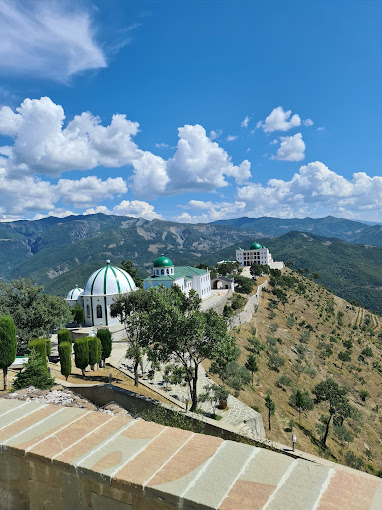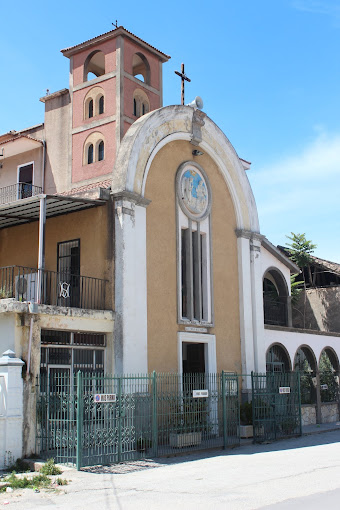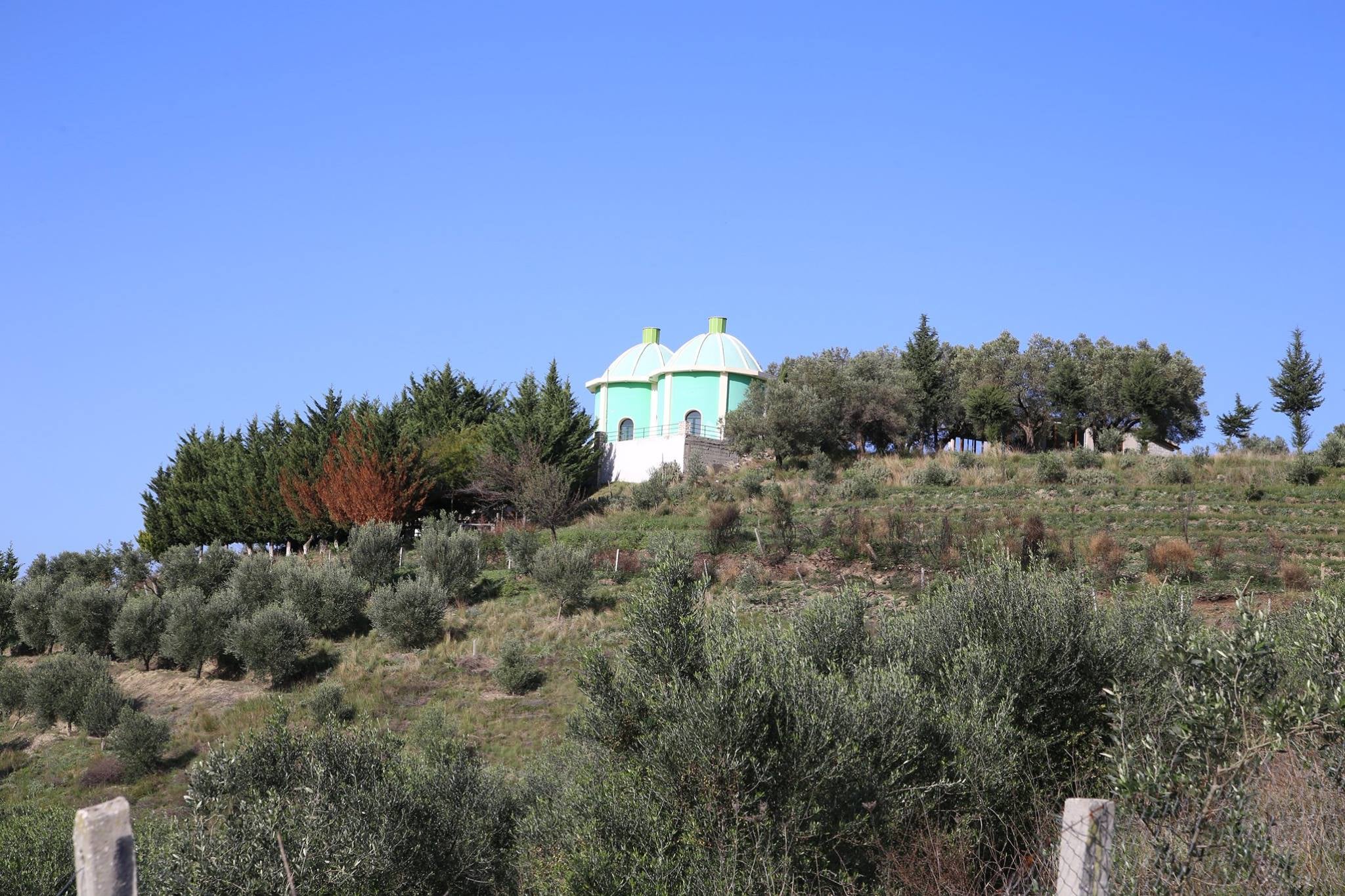Teqeja e Frashëri, or Teqeja e Baba Tahir Nasibiu, is a Bektashi teqeja founded in 1781, which is located in Frashër, Përmet. This sect has a rich history and an important role in the spread of Bektashism in the southern area of Albania.
Teqeja e Frashëri received the status of a cultural monument in 1973 and is one of the cultural and religious heritages in the country. The Bektashi mosques had an important role in the social and religious life of Albanians.
Teqeja was founded in the period of Ali Pasha Tepelena, an important figure in Albanian history. Father Tahir Nasibi, otherwise known as Tahir Skënderasi, was the founder of the teqah in 1815 and had studied in Persia (Iran) and had traveled to the Arab East. After returning to his homeland, he contributed to the spread of the Bektashi faith in the area around Frashër.
Teqeja became famous, especially during the era of Baba Alushi (1846-1902), a prominent figure of Bektashism, who also became a stronghold of Albanian nationalism. In its time, the tekke served as a focus for important historical and political developments. Meanwhile, she made an impact on prominent figures of the National Renaissance, such as Sami Frashëri and the brothers Naim and Abdyli.
The teqe of Frashëri was destroyed by the Greek Andarts of Zografi in 1914, but was rebuilt with the contribution of the Albanian-Americans in 1923. After the period of prohibition of religions in communist Albania (1967-1991), the operation of the teqe was stopped, but it resumed activity in 1995.
Teqeja e Frashëri has served as an important place for religious and cultural life in the area of Përmet and has influenced the history and development of the local community and beyond.



.jpg)
.jpg)

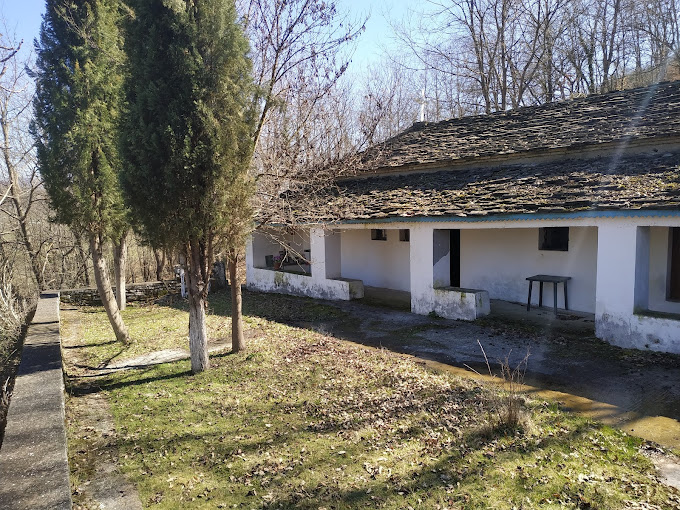
.png)
.png)
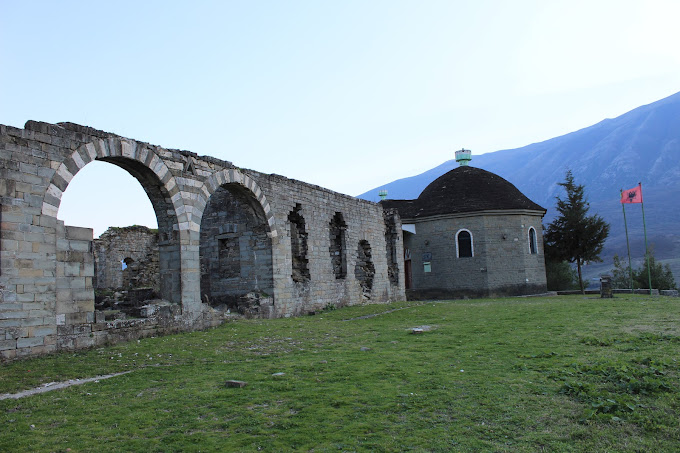
.png)
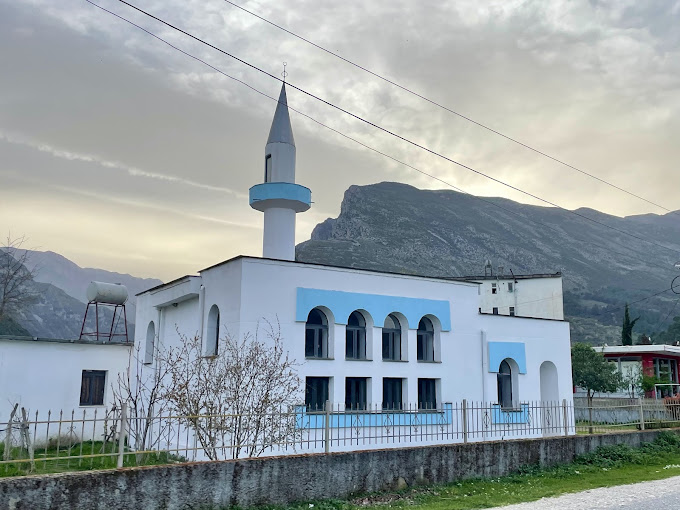
.png)
